
 Sold out
Sold out
The Varjo Aero sets a new standard for VR performance This is no ordinary VR headset. Varjo have taken all the best features from professional VR h...
View full detailsIf you love racing and flight simulation, you've probably considered buying a VR headset at some point. Tap 'VR headset' into Google and you'll soon find you're spoilt for choice - there are dozens of VR headsets on the market and you can easily get overwhelmed by the sheer volume of choices available, which can make it difficult to decide which VR headset is right for you.
Read More ...

Below, we'll cover off why a VR headset could be a great addition to your racing or flight simulation set-up, what you need to consider if you're shopping for a virtual reality headset and our recommended best VR headsets.
But before we dive in, let's quickly cover what virtual reality is and how VR headsets work.
Virtual reality, also known as VR, is technology that allows you to immerse yourself in a fabricated setting. This is generally (but not always) carried out through head-mounted hardware that tracks your movement in a 6DOF (six degrees of freedom) environment.

A screen (or two display panels, one for each eye) housed in a frame (or headset) strapped or fitted to your head makes up a virtual reality headset. To make it seem as if what you see through the headset is your entire world, a pair of lenses are generally inserted between the panels and your eyes, blocking the outside world.
The positioning of your headset is the essential factor in determining which VR headset you should buy. All headsets, however, track your movement, and thus the image displayed changes accordingly. Some headsets, on the other hand, monitor more movement than others.

Sometimes, virtual reality experiences will also include a way for you to control or select things within the simulated world using controllers. You may have a controller in each hand to control aspects of the experience in certain instances.
The controllers can give you virtual representations of your hands to touch things around you and manipulate them in ways comparable to real life in some cases.
Anyone who's tried a virtual reality headset knows that the experience can be pretty overwhelming. Between the immersive visuals and the 360-degree head tracking, it's easy to lose yourself in another world. But have you ever wondered how VR headsets actually work?

At the most basic level, VR headsets trick your brain into thinking that you're somewhere else. They do this by displaying two slightly different images, one for each eye. The lenses in the headset then refocus these images so that they appear to be coming from a single, virtual object. This process is known as stereopsis, and it's the same reason why we see 3D movies in theatres.
But unlike 3D movies, which rely on special glasses to create the illusion of depth, VR headsets use head tracking to create a more realistic experience. Head tracking is accomplished with a combination of sensors and cameras that track the position of your head in the virtual environment.

This allows you to look around naturally, as you would in real life. Head tracking also allows VR headsets to provide an immersive audio experience.
By tracking your head movements, the headset can adjust the direction of the sound source so that it always seems to be coming from the right direction. This is how VR headsets can create realistic sounds that change based on your location within the virtual environment.
So how do VR headsets work? By displaying two slightly different images, one for each eye, and using head tracking to update the image in real-time. This creates the illusion of being in another place and allows you to interact with the virtual environment naturally.
Most people are familiar with the concept of virtual reality, but few know how VR headsets work. In a nutshell, VR headsets use a variety of sensors and lenses to trick your brain into thinking you're in a different environment. Here's a closer look at the technology behind VR headsets:
One of the most important components of a VR headset is head-tracking. This is what allows the headset to keep track of your movement and adjust the image accordingly. Head-tracking is usually accomplished with an accelerometer and gyroscope, which measure the angular velocity and orientation of your head. These sensors send this information to the VR headset, which then uses it to render the appropriate image.

The lens in a VR headset is responsible for magnifying the image and projecting it onto your field of view. In order to create a realistic virtual environment, the lens must have a wide field of view. Most VR headsets have lenses with a field of view between 90 and 110 degrees.

Another important component of VR headsets are the images that are projected onto the lenses. These images are generated by special computers called graphics processing units (GPUs). GPUs are responsible for creating the images that you see in video games and movies. To create a realistic virtual environment, the images must have a high frame rate and resolution.
VR headsets also use sound to create a realistic virtual environment. By using headphones or earbuds, VR headsets can create directional sound. This allows you to hear sounds from different parts of the virtual environment, just as you would in real life.

To create a realistic virtual environment, the VR headset must have a variety of sensors. These sensors track your head movement and allow the VR headset to render the appropriate image. Most VR headsets have an accelerometer, gyroscope, and magnetometer. These sensors allow the VR headset to keep track of your head's movement and orientation.

As you can see, VR headsets use a variety of technologies to create a realistic virtual environment. This technology is still in its early stages of development, but it has the potential to revolutionize the way we interact with digital media and the world around us.
If you want more realism and immersion from your simulation experience, a VR headset can give you this and more. But it's not as simple as investing in the highest resolution headset. There's a lot to consider before buy. We'll cover more on this below. First, let's deep dive into the reasons you should add virtual reality to your racing or flight simulation rig.

First things first - racing or flying in VR feels more real. WAY more real.
For example, in iRacing when you come out from pit lane, you'll usually drive straight through any other stationary vehicle before you exit and slam the loud pedal. With a VR headset on however, you'll be kicking yourself - it's as if you're driving through another car. Grid up for the start of the race and turn your head left to right to look at your competition. In Dirt Rally you can look to your right and actually see your co-driver. Add in headset audio from the likes of the Varjo Aero or Reverb G2 and the immersion is next level.

Hitting that sweet spot racing line consistently through corners is key in slashing lap times and winning races. As you speed toward a corner you naturally set a brake point with your peripheral vision as you head toward the apex. It's then a matter of timing your exit just right and hug the apex in the right way to maintain solid momentum. You can generally time corners far better with VR because your depth perception is far greater. .
Virtual reality gives you the ability to pick up on track and terrain details you might otherwise miss with standard gaming monitors. For example, as you exit 'the dipper' on Mt. Panorama and accelerate toward Forrest Elbow, you can 'see' the camber on this tricky corner.

The extra sensory input from a VR headset means you get earlier warning of your car's output and therefore you can respond quicker and predict more easily what the car is going to do.
The core difference between sim racing and real track racing is that you rely on your eyes to sense rotation in sim racing, whereas in track racing, you'll sense rotation through your body. Generally speaking, there's also a delay between the brain and your hand/foot movement when you rely in screens alone. With VR, you're much more sensitive to the movements of your car during cornering and racing and your brain is getting far more detailed input from the VR headset. This can lead to more consistent driving.
Due to the increased depth perception, you're are more fully immersed in your racing or flight environment. Your brain receives increased sensory input and more precise data on the way your car or aircraft moves. This translates into better driving or flying inputs from you. More precise race lines, more accurate trail braking, better flight manoeuvres. All this adds up to more consistent and accurate racing and flying with VR.

Clarity is an issue in cheaper VR headsets where pixel density and refresh rate is relatively low. This can be a major issue for racing and flight simulation titles where high pixel density and a fast refresh rate are a must. There's nothing worse than throwing on a VR headset and seeing grainy pixelation or the image seems out of focus. These issues can compound into making your eyes feel tired after prolonged use, too.
Motion sickness can affect some people. While for some this feeling will subside with regular VR use, for others the feeling never truly disappears, in which case monitors may be the better way to go.
With more and more racing and flight simulation titles compatible with VR, and more and more affordable, high-quality VR headsets hitting the market, there has never been a better time to upgrade to a VR headset and boost the immersion and realism of your favourite sim titles. But before you go out and buy your own VR headset, you should consider and think hard on the points below to ensure you invest in the best headset for your specific needs.
When you use a VR headset, the resolution of the images you see is crucial. Digital pictures are made up of small displayable units called pixels. Many pixels work together to make complete pictures, text, and images by combining them into one image.

The number of pixels that a VR headset can show per eye is known as resolution per eye and is critical in determining image quality. A higher resolution per eye will result in a sharper image. For example, the original HP Reverb offered 2160 x 2160 resolution per eye. Whereas the first HTC Vive VR headsets gave you 1080 x 1200 resolution per eye.
This is another method for evaluating VR headset picture quality. Pixels per degree or pixel density is defined as the number of pixels per degree of viewing angle. This gives you an indication of the pixel density of the VR headset and how many pixels per degree it sends to your eye. You get this number by dividing the horizontal pixel count by the horizontal field of view.

As with resolution per eye, the greater the pixel density the better the image definition on a VR headset.
The field of vision (FOV) is another crucial aspect when researching VR headsets. The FOV determines how much of the observable environment you can see at any one time. Because you feel more immersed in the virtual world with a broader field of view. The majority of high-quality VR headsets range between 100° and 110° field of view.

There are two types of FOV:
The field of view of one human eye, with a monocular perspective. It comprises the angle between the pupil and the nose and the viewpoint from the pupil toward the side of the head.
The binocular view is the combined field of view for both eyes. The visible area for most people ranges from 200° to 220°.
Refresh refers to how many frames per second or FPS the headset displays images. The more fluid the virtual reality experience, the higher the refresh rate.
If the refresh rate is too low, there will be a long latency between frames, resulting in a choppy display which can disrupt the immersive experience you'd otherwise get from a high refresh rate.
In general, virtual reality headsets all perform the same function, but they do so in various ways. All of them feature some display technology, which impacts the image quality and, as a result, your VR experience.

The most common display forms are:
Positional tracking measures how far away a device is from its surroundings and adjusts as needed. It's vital in VR because it allows you to feel like you're moving inside the VR environment. Positional tracking is also called motion tracking. High-end virtual reality headsets provide 100% accurate 1:1 positional tracking.
Now that you have a handle on what you should look out for when researching VR headsets, let's pull back the curtain on what we believe are the best VR headsets for racing and flight simulation.
VR headsets are becoming more popular and affordable, making them an excellent option for gaming. If you're looking for a VR headset for racing or flight simulation games, here are three of the best options available.
The HP Reverb G2 VR Omnicept Edition headset is one of the newer headsets to hit the market is the upgraded big brother to the Reverb G2. The biggest difference between the two Reverb units is the addition of biometric sensory on the Omnicept Edition. This cutting-edge system records biometric data in real-time and pushes your VR experience to a new level of immersion and realism.

Integrated sensors measure muscular activity, gaze, pupil size, and pulse rate, immediately sending this data to the HP Omnicept platform. The Reverb G2 Omnicept features eye-tracking, which allows it to detect your gaze direction and save GPU power while also improving image quality. With a tasty 2160 x 2160 resolution per eye, the Reverb G2 Omnicept Edition should be high on your list when shopping for VR headsets.
With 9.3 million pixels, you're receiving 2.5x MORE pixels than the Oculus Rift S!
Shop HP Reverb G2 VR Headset Omnicept
The Reverb G2 VR headset is great for racing and flight simulation. With a high resolution of 2160 x 2160 per eye, the Reverb G2 provides outstanding visuals. Like it's younger sibling, the Omnicept Edition, the Reverb G2 features four cameras for superior movement tracking that's well above the motion tracking of earlier generation Reverb VR headsets.

The Reverb G2 also works reliably with SteamVR and all your favourite racing or flight sim titles.
In late 2021, HP updated its Reverb G2 with a modified face gasket and greater FOV, and improved controller tracking. The built-in headphones will provide good sound, and the adjustable straps make for extra comfort. There's no light bleed around the face gasket, and plenty of cushioning.
The Varjo Aero is a top-of-the-line virtual reality headset with unbeatable visuals and comfort. The Aero features dual mini-LED displays for stunning edge-to-edge clarity and aspheric lenses that offer a massive step-up in visual fidelity over consumer-grade Fresnel optics.

Additionally, the Aero has automatic IPD adjustment and ultra-fast, built-in eye-tracking at 200 Hz for a tailored, optimal experience for every user, every time. The premium 3-point precision fit headband and active cooling provide superior comfort for long-duration usage.
And with compatibility with SteamVR content, the Varjo Aero is the ultimate virtual reality headset on the market today.
So, if you're looking for the best VR headsets for racing and flight simulation, we recommend the HP Reverb G2 Omnicept Edition, HP Reverb G2, and Varjo Aero. They offer excellent resolution per eye, PPD (pixels per degree), the field of view, refresh rate, and display.

 Sold out
Sold out
The Varjo Aero sets a new standard for VR performance This is no ordinary VR headset. Varjo have taken all the best features from professional VR h...
View full details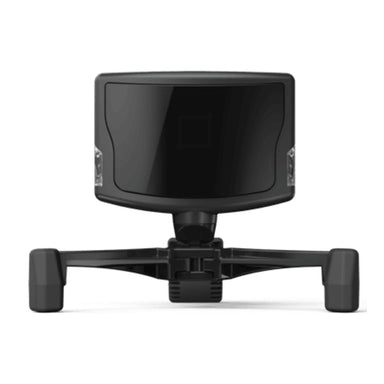
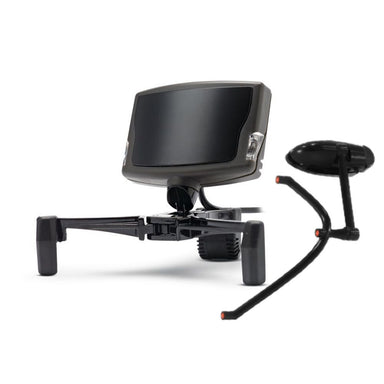 Sold out
Sold out
NaturalPoint TrackIR 5 6DOF Ultra Pack. Take your racing and flight sim experience to a whole new level of realism and immersiveness with real-time...
View full details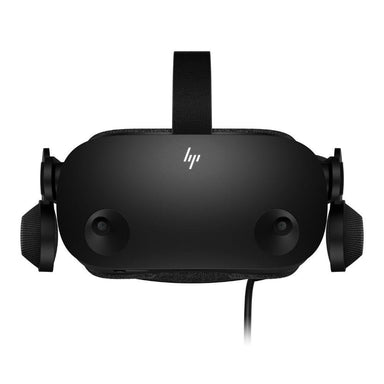
 Sold out
Sold out
The HP Reverb G2 is a breakthrough VR headset designed to hand you the most immersive and realistic virtual reality experience ever… The Reverb G2 ...
View full details
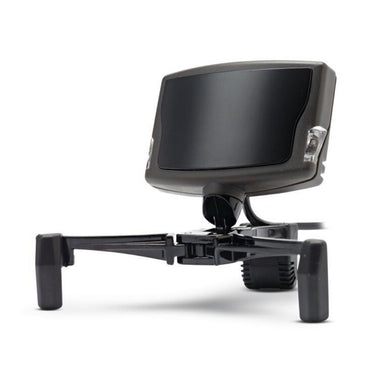 Sold out
Sold out
NaturalPoint TrackIR 5 6DOF Pro Pack. Take your racing and flight sim experience to a whole new level of realism and immersiveness with real-time, ...
View full details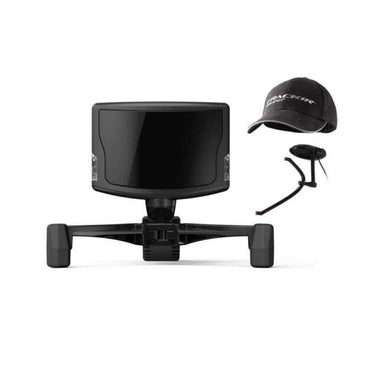
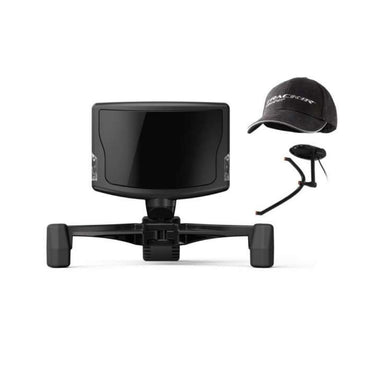 Sold out
Sold out
The NaturalPoint TrackIR 5 hands you incredible immersion with real-time, 3D view control! Now you can experience real-time, natural, 3D view contr...
View full details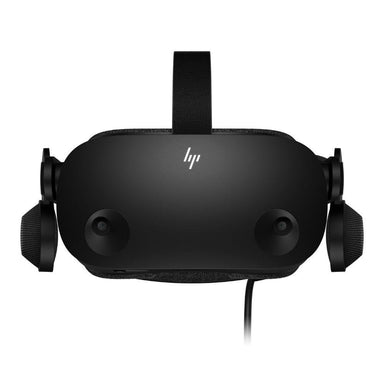
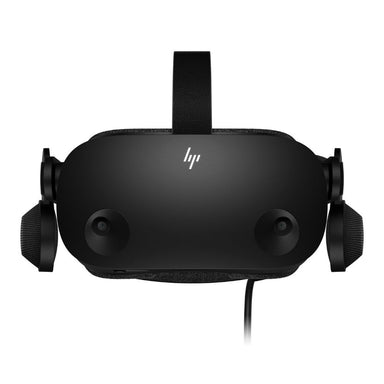 Sold out
Sold out
The HP Reverb G2 Omnicept Edition is a revolutionary virtual reality headset designed to give you the most immersive and realistic VR experience ev...
View full details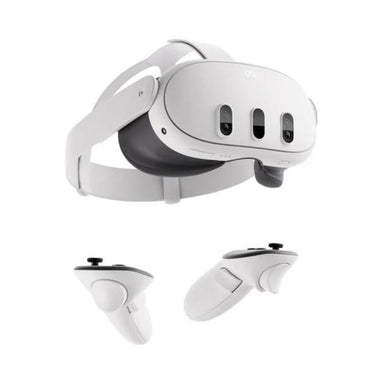
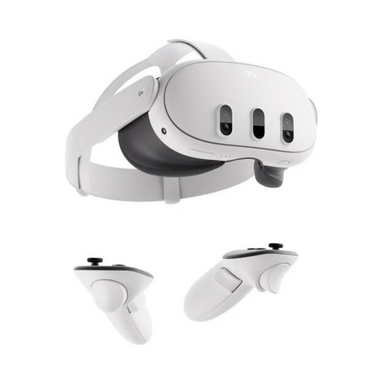 Sale
Sale
Enjoy next level virtual reality with the Meta Quest 3 headset Step right into the heart of action with the Meta Quest 3, your portal to a worl...
View full details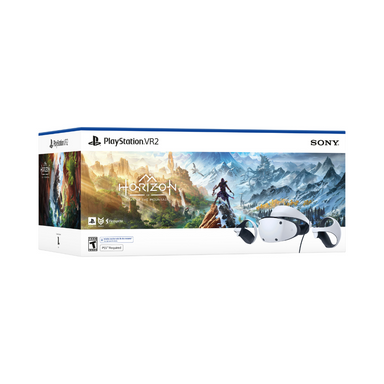
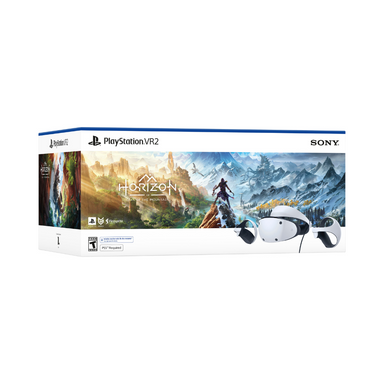 Save $40.00
Save $40.00
Level up your gaming with the PlayStation VR2 Horizon Call Of The Mountain bundle Get ready to be whisked away into breath-taking realms where ...
View full details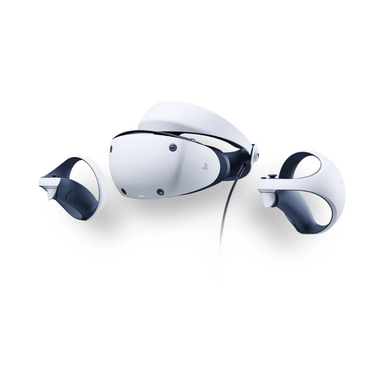
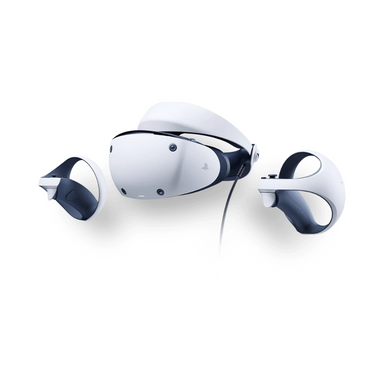 Save $20.00
Save $20.00
Level up your gaming with the PlayStation VR2 Get ready to be whisked away into breathtaking realms where gaming transcends the screen with Pla...
View full details